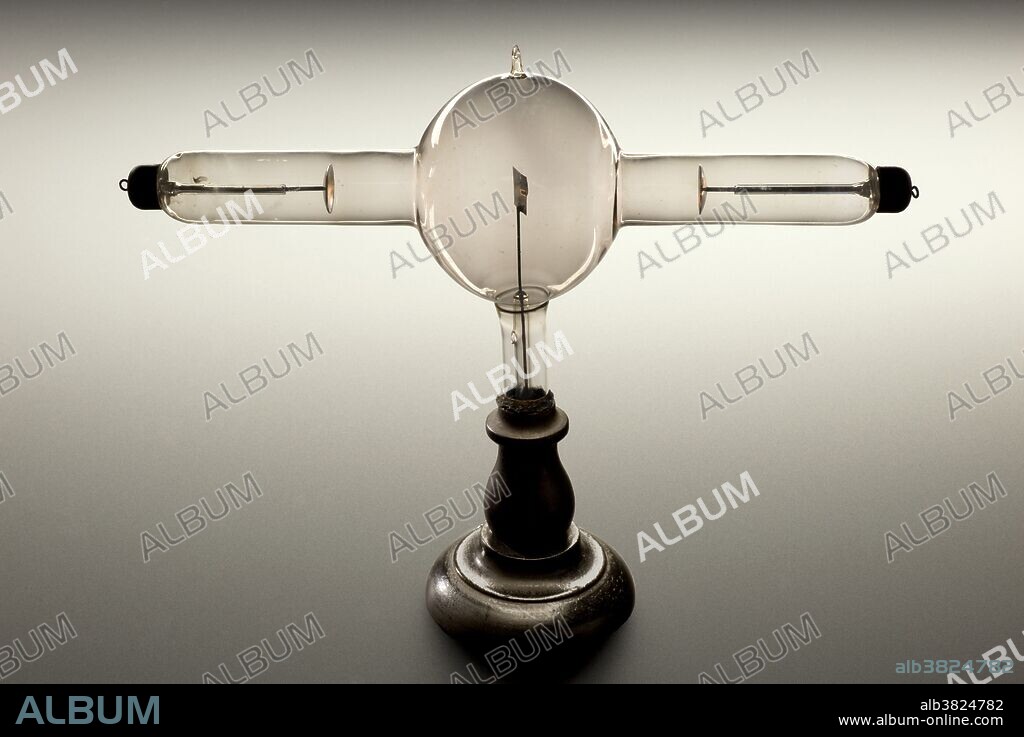alb3824782
Double Focus X-ray Tube, 1896

|
Añadir a otro lightbox |
|
Añadir a otro lightbox |



¿Ya tienes cuenta? Iniciar sesión
¿No tienes cuenta? Regístrate
Compra esta imagen

Título:
Double Focus X-ray Tube, 1896
Descripción:
Ver traducción automática
Double focus x-ray tube, Europe, 1896. This tube worked by using an alternating current, which accelerates electrons towards an aluminium plate. This produced x-rays at both ends of the tube. Wilhelm Roentgen, a German physician, took the first x-ray in 1896 of his wife's left hand. Dense areas of bone show up as white whilst soft tissue allow the x-ray to pass through undeterred. Very quickly x-rays proved their usefulness as a diagnostic and therapeutic tool in medicine. Within six months of Roentgen's announcement, x-rays were being used by battlefield physicians to locate bullets in wounded soldiers. X-rays allowed physicians their first look inside the body without resorting to surgery.
Crédito:
Album / Science Source / Wellcome Images
Autorizaciones:
Modelo: No - Propiedad: No
¿Preguntas relacionadas con los derechos?
¿Preguntas relacionadas con los derechos?
Tamaño imagen:
4224 x 2823 px | 34.1 MB
Tamaño impresión:
35.8 x 23.9 cm | 14.1 x 9.4 in (300 dpi)
 Pinterest
Pinterest Twitter
Twitter Facebook
Facebook Copiar enlace
Copiar enlace Email
Email
